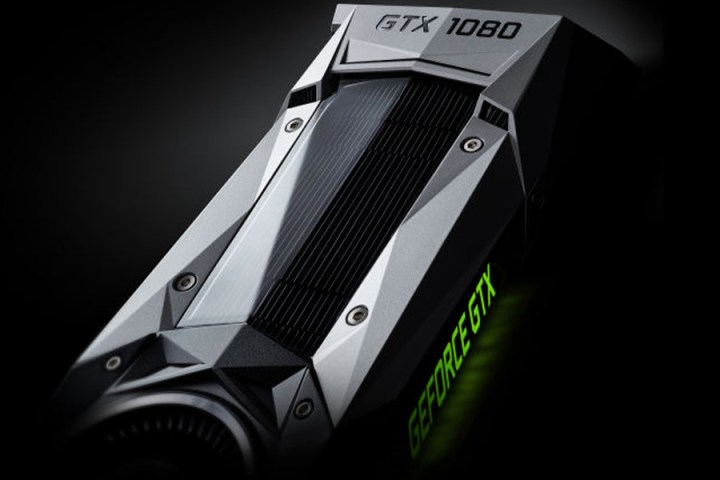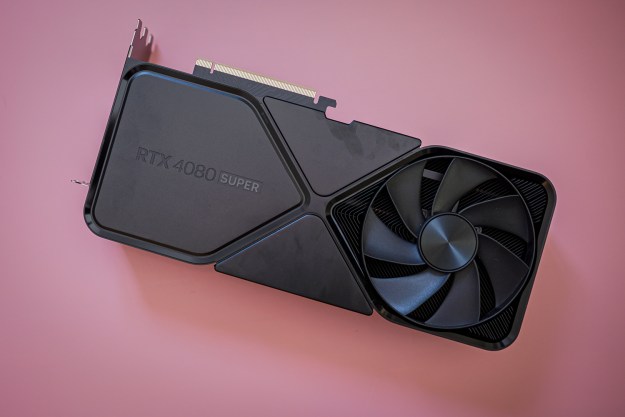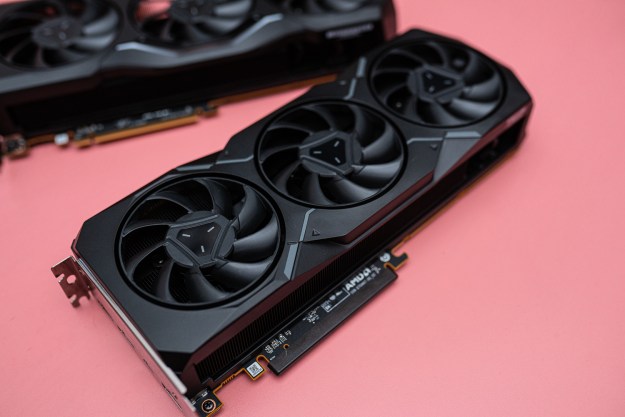
Now, we know exactly what consumers can expect from the Founders Edition variants of the GTX 1080 and 1070. The cards will be examples of what’s known as a “reference design” among PC hardware aficionados, according to coverage from Tech Report.
For the uninitiated, a reference design is a card that’s laid out exactly as the chipmaker recommends. The alternative is a custom design, where distributors might make changes to the original specification by adding extra components or changing the way that they’re arranged on the card.
Reference cards can offer benefits to users looking to overclock their hardware, as they’re not pre-overclocked or binned. However, the Founders Edition variants of the GTX 1080 and 1070 has one more major advantage over their standard versions — they’re set to release earlier.
While there are no specifics on the time frame at the moment, the Founders Edition cards are expected to be the first products to ship when the GTX 1080 and 1070 are made available. That means that anyone willing to part with a little extra cash can skip to the front of the line, as well as receive a component with better overclocking potential.
However, that shouldn’t suggest that these cards are being offered as some kind of pre-order bonus, or as a “limited edition” at all. It’s been confirmed that the Founders Edition variants will be available for as long as the product line is being offered up by Nvidia.
Editors' Recommendations
- Nvidia RTX 50-series graphics cards: news, release date, price, and more
- Nvidia DLSS is amazing, but only if you use it the right way
- Nvidia is the ‘GPU cartel,’ says former AMD Radeon manager
- CableMod’s adapters damaged up to $74K worth of Nvidia GPUs
- The best GPUs if you’re upgrading from a GTX 1650



